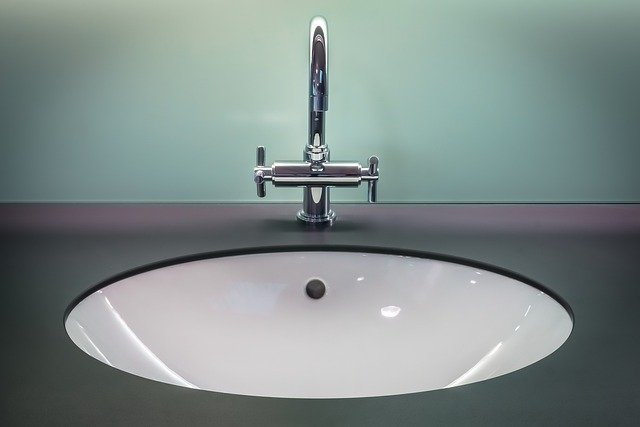Measuring and Matching Basins with Countertops: Key Tips
Matching a basin to its countertop starts with accurate measurement and an understanding of how materials, installation methods, and plumbing interact. Whether planning a remodel or a retrofit, clear dimensions, attention to waterproofing, and awareness of durability and hygiene concerns will help ensure a functional, long-lasting result. This overview summarizes practical steps for measuring, choosing materials, and planning installation.

How do basin dimensions affect countertops?
Selecting a basin begins with measurement: overall basin width, depth, and the cutout size for inset or undermount installation. Countertop overhang, faucet placement, and backsplash height all influence the usable space around the basin. For drop-in basins allow for the rim and any lip; for undermount basins measure the exact cut-out and edge thickness of the countertop material. Accurate templating reduces gaps that can compromise waterproofing and hygiene and helps maintain design proportions between the basin and surrounding surface.
What installation factors matter for durability and plumbing?
Installation method—drop-in, semi-recessed, undermount, or integrated—affects both durability and plumbing access. Undermount basins require solid countertop materials and careful sealing to support weight and prevent leaks; drop-in basins are often simpler for retrofit work. Consider how plumbing fixtures, trap placement, and supply lines will fit beneath the countertop. Properly secured mounting hardware, quality sealants, and professional plumbing connections reduce future maintenance and help address potential noise from water flow or vibration.
Which materials suit different designs and maintenance needs?
Basin and countertop materials influence design, durability, and maintenance. Ceramic and porcelain basins are common for hygiene and ease of cleaning; natural stone or engineered quartz countertops offer strong visual contrast but need different sealing routines. Stainless steel basins pair well with durable, waterproof countertops for utility areas. Consider abrasion resistance, stain susceptibility, and whether materials require periodic sealing. Material choices also affect the weight placed on supports and the complexity of installation and retrofit work.
How do waterproofing and hygiene influence long-term upkeep?
Waterproofing at the countertop-basin junction is critical to prevent water ingress that can damage cabinets and encourage mold. Use appropriate sealants, properly finished cut edges, and continuous backsplashes where water exposure is frequent. From a hygiene perspective, smooth, nonporous surfaces reduce bacterial buildup and simplify cleaning routines. Regular maintenance—checking seals, clearing overflow channels, and inspecting under-sink plumbing—helps preserve both waterproofing and sanitary conditions over time.
How can noise, waterconservation, and touchless features be integrated?
Noise can come from water hitting the basin and from drainage systems; basin shape, material density, and insulation under the countertop can reduce sound. For waterconservation, choose fixtures with aerators or low-flow valves and consider basin depth that allows comfortable use with less water. Touchless faucets and sensor-activated fixtures can improve hygiene and reduce water waste, but require planning for power or battery access and space for control boxes beneath the countertop during installation.
Can basins be retrofitted into existing countertops and what should local services check?
Retrofit projects are common but require careful assessment of existing countertop thickness, material, and support structure. Local services can provide templating, cutout modifications, and advice on reinforcing areas for heavier materials. Retrofitting an undermount into a countertop not intended for it may need additional bracing and professional waterproofing. When consulting local services in your area, confirm they handle both the countertop material and the necessary plumbing adjustments to ensure a safe, durable outcome.
Conclusion
Careful measurement, mindful selection of basin and countertop materials, and attention to installation details make the difference between a short-lived solution and a durable, hygienic setup. Addressing plumbing access, sealing, and maintenance requirements at the planning stage reduces surprises during retrofit or new installations. Integrating water-saving and touchless options can enhance efficiency and hygiene while design choices determine how well the basin and countertop work together over time.




